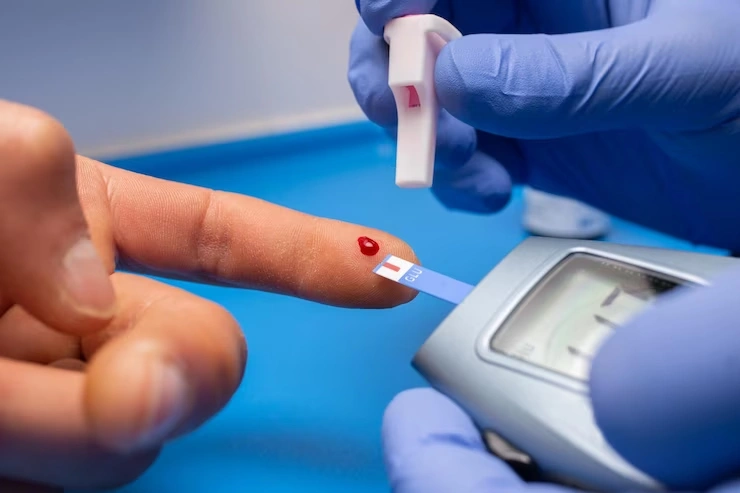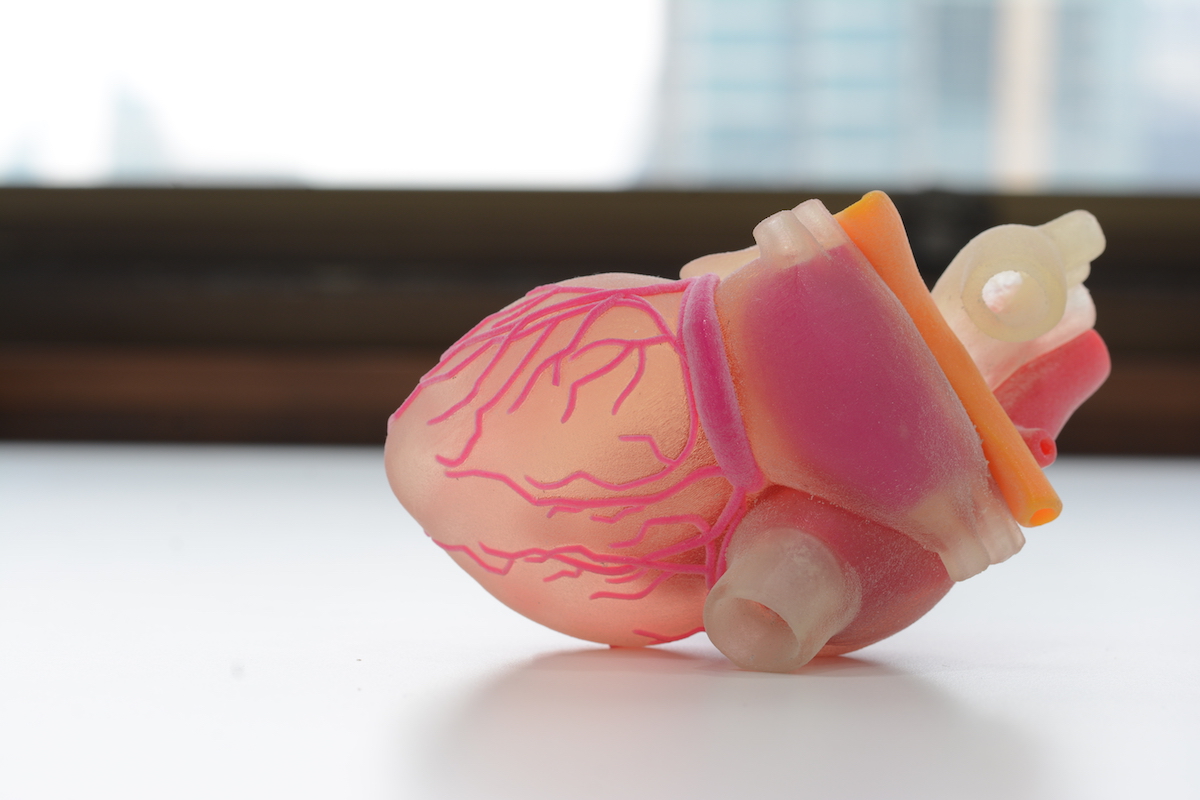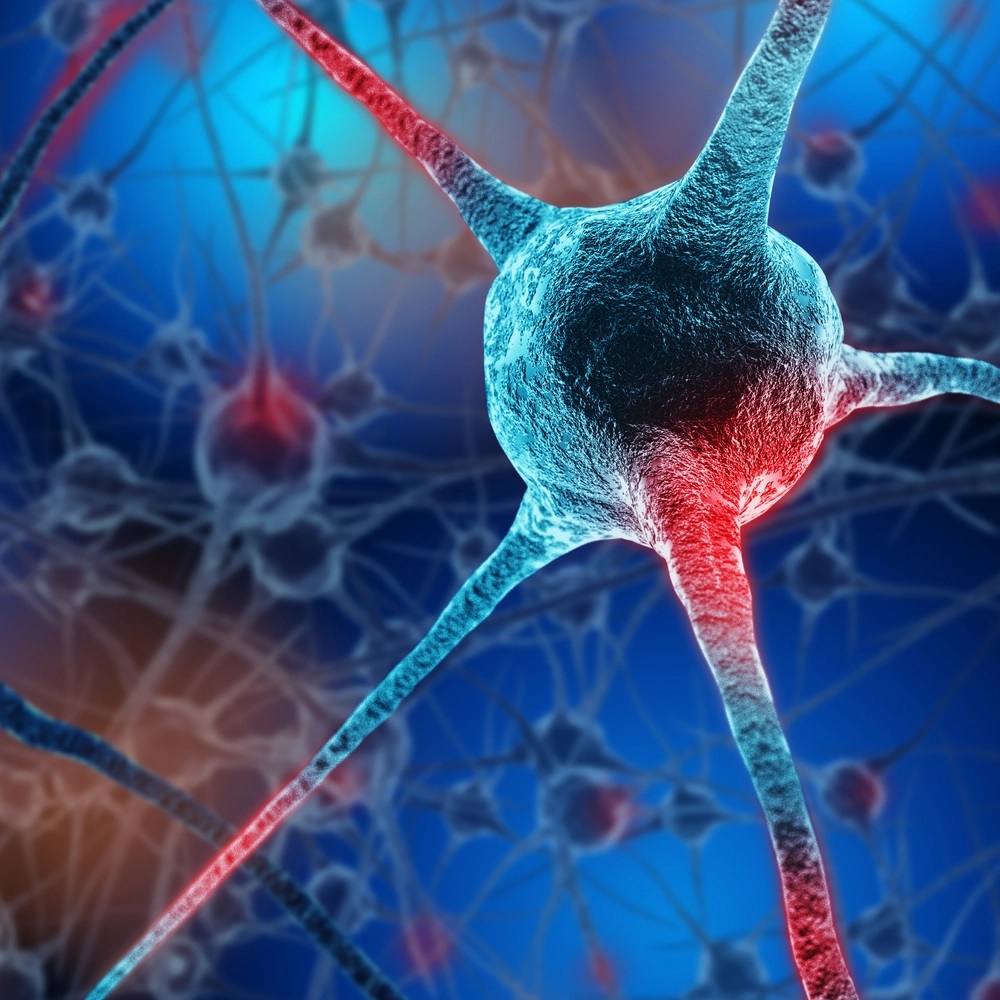The blood-brain barrier poses a challenge for delivering therapies to the brain after a stroke. However, a recent study published in Molecular Therapy has revealed a promising approach using lipid-ligand conjugated DNA/RNA heteroduplex oligonucleotides. These specialized molecules, when linked to alpha-tocopherol (TOC), demonstrated preferential uptake into areas of stroke damage, providing a potential avenue for targeted stroke therapies.
Overcoming Time Constraints
Time is of the essence in stroke treatment, limiting the effectiveness of current therapies. The exploration of antisense oligonucleotides offers new possibilities for extending the treatment window. These molecules can modulate RNA, promoting the production of beneficial proteins or suppressing harmful ones. However, precise delivery to the affected brain region remains a challenge, prompting researchers at Tokyo Medical and Dental University to investigate innovative solutions.
The Role of TOC
The researchers developed a DNA/RNA heteroduplex oligonucleotide (HDO) and linked it to either cholesterol or TOC. Mice with experimentally induced stroke were injected with these conjugates to evaluate their brain uptake. Surprisingly, TOC-linked HDO exhibited significantly higher levels exclusively in the stroke-lesioned side of the brain, while cholesterol-linked HDO was found in both sides. This indicates the specific affinity of TOC for increasing HDO uptake in stroke-affected regions, unlike cholesterol. Furthermore, by silencing a beneficial gene in stroke using TOC-linked HDO, the researchers observed larger areas of stroke-related damage in the treated mice.
Targeted Protein Modulation
The findings highlight the safety and preferential uptake of TOC-linked HDO in stroke-damaged areas. The ability to customize HDOs to target different genes opens possibilities for the up- or down-regulation of protein expression post-stroke. With limited stroke therapies addressing post-stroke pathological processes, this targeted delivery method holds great promise. Increasing anti-inflammatory proteins and reducing inflammatory proteins in the stroke-lesioned brain can mitigate secondary damage, leading to improved recovery and reduced disabilities.
Conclusion
As researchers delve deeper into the development of stroke therapies, the use of lipid-ligand conjugated DNA/RNA heteroduplex oligonucleotides offers a groundbreaking strategy. The preferential uptake of TOC-linked HDOs in stroke-affected areas presents a potential avenue for precise modulation of protein expression post-stroke. By harnessing the power of targeted delivery, scientists aim to enhance stroke recovery and ultimately transform the landscape of stroke treatment.
Study DOI: 10.1016/j.ymthe.2023.01.016
Subscribe
to get our
LATEST NEWS
Related Posts

Chronic & Debilitating Diseases
A Sugary Disruption: Types, Mechanisms, and Complications of Diabetes Mellitus
Effective management and prevention of uncontrolled diabetes depend on having a solid understanding of the underlying mechanisms and consequences connected with the condition.

Chronic & Debilitating Diseases
Latest Biomaterials Barcoding Breakthrough is Diabetes Type 1 Game-Changer
Novel screening method using cellularly barcoded alginates paves the way for T1DM advanced biomaterial formulations.

Chronic & Debilitating Diseases
Three-Fold Heart Enlargement Results from Physical Inactivity
Identify the differences between an exercise-enlarged heart and one that’s increased in size by sedentary lifestyle.

Chronic & Debilitating Diseases
Dance of Degenerate Neurons – Huntington’s Chorea
A faulty gene is the root cause of the degenerative brain condition known as Huntington’s disease (HD). Movement, mood, and cognitive abilities are all impacted by the alterations this disease brings about in the brain’s central area.
Read More Articles
Synthetic Chemistry’s Potential in Deciphering Antimicrobial Peptides
The saga of antimicrobial peptides unfolds as a testament to scientific ingenuity and therapeutic resilience.










